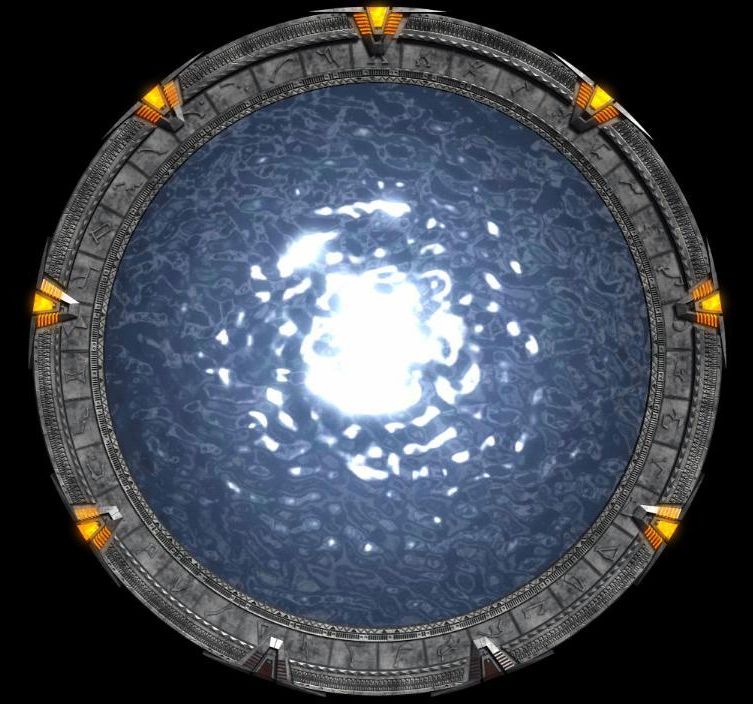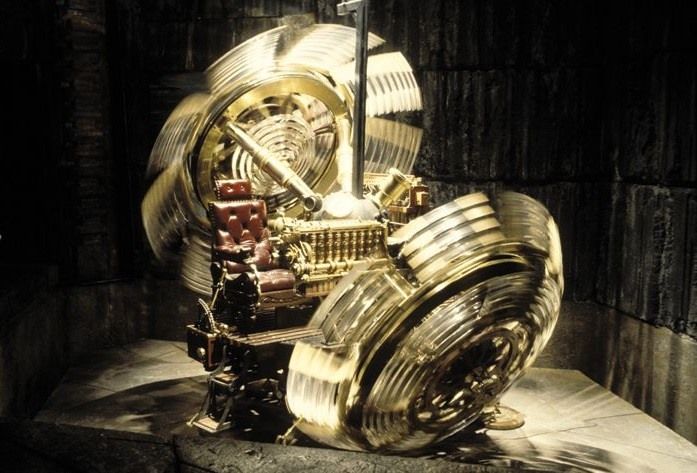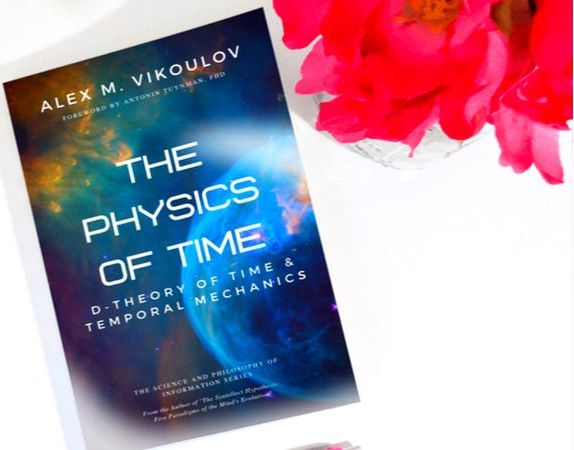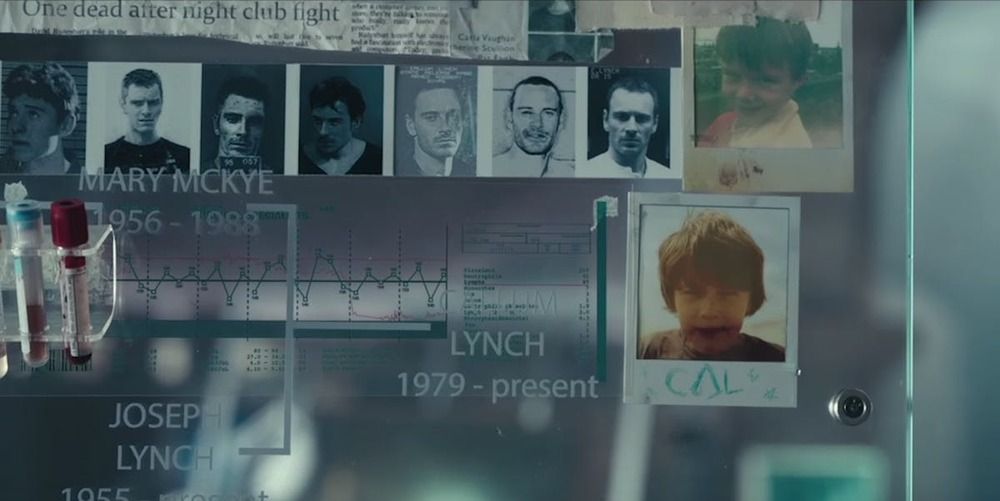To me cryonics just makes sense. It may not be pretty but, just like open heart surgery, it is one of those things that, without any guarantees, can possibly extend your life [very] substantially. Thus, especially given the alternative, I just can’t quite make sense of the slow rate of adoption evident not only in North America but also across the world. And so I am always happy to discover new books that lay out the scientific argument for cryonics while making it easily digestible and giving it a very personal, human perspective. Since the most recent book, I thoroughly enjoyed on this topic was Frozen to Life: A Personal Mortality Experiment I thought that D.J. MacLennan will make an excellent guest on my podcast. I was not wrong about that.
During our 1 hour conversation with D.j. MacLennan we cover a variety of interesting topics such as: why he decided to write Frozen to Life and who is it for; cryonics as a glass-state time travel; why he chose neuro- rather than full-body preservation; the costs and rate of adoption of cryonics; the culture, conservatism and geography of his home on the Isle of Skye; transhumanism and transcending limitations; the differences between Max More and James Hughes; his fear of death; the promise of chemical brain preservation; mindfulness and meditation; writing a transhumanist take on The Wizard of Oz and potentially on Grim’s Fairy Tales…
As always you can listen to or download the audio file above or scroll down and watch the video interview in full. To show your support you can write a review on iTunes, make a direct donation or become a patron on Patreon.






